Mr Andy Treadwell, CEO and Founder at Singapore Yacht Events Pte Ltd and 3L Events (Thailand) Ltd, talks to TravelDailyNews Asia-Pacific about the trends of luxury yachting in Southeast Asia.
TravelDailyNews: In your opinion, what are the trends of luxury yachting in Southeast Asia?
Andy Treadwell: There is quite definitely increasing interest in luxury yachting amongst the increasingly wealthy Asian populace. People here are getting the bug, and beginning to realize what great fun it is, that it is a great way to spend leisure time with family and friends. But even more significant is the increasing interest in the region as a destination amongst the thousands of superyacht owners in the Mediterranean, and the tens of thousands of yacht tourists – yacht charter clients, most importantly. They are looking for somewhere new to go in the winter, and South East Asia really fits the bill.
TDN: Thailand’s Tourism strategy is to develop marine tourism; what should the Ministry of Tourism and Sports do in order to support and develop luxury yachting in Thailand?
A.T.: The Ministry of Tourism and Sports (MOTS) are really doing all they can – we’ve been working with them very closely for three years now, and I can tell you that they genuinely want to develop Thailand as the world’s third destination for the global fleet of superyachts, and the principal yachting hub for Asia. The most important sector of the industry for Thailand, in terms of the economic benefits it could bring virtually overnight to Thai communities and business owners, is superyacht tourism. So that’s why we’re focusing on that to begin with. At the moment, foreign-flagged superyachts are not able to charter in Thai waters, so they don’t come here. If they could charter, then I think that within a few years we would see a big change. That is specifically what we’ve been working on with the MOTS and with the Tourism Authority of Thailand (TAT), and I think it’s fair to say now that the whole government agrees that this project should go forward in principle. It’s just that it takes some time change regulations, or the way they are interpreted, and put in place the structures and processes that are needed to make them operational. We are working with the TMBA to get this over the line.
TDN: Regulations used to be quite strict regarding foreign flag yachts operating in Thailand’s waters. How are these regulations changing in order to be more flexible?
A.T.: The main issue revolves around the laws of cabotage, which protect local commercial shipping. Currently, if a foreign-flagged yacht wants to charter in Thai waters – that is, both embarking and disembarking paying guests in the country – then the owner has to temporarily import the vessel and pay VAT on its value. Given that the value of a major charter superyacht today can easily be $50 million or $100 million, clearly no owner would do that – they never have, and they never will. Furthermore, it’s not really a business – most superyachts operate at pretty big loss to the owner, and chartering is merely a way to mitigate the losses, to keep the boat running and the crew occupied. Neither does it compete with local business, because there aren’t any comparable superyachts.
Then again, when the vessel leaves the country at the end of the season, any VAT paid for the yacht to be temporarily imported would then have to be refunded – so there’s not much point. So we’re asking for this whole system to be reviewed and for Thailand’s Revenue Department to adopt instead the models used successfully in New Zealand and Fiji. Fingers crossed, the idea seems to now be accepted in principle, and the various authorities are working with the TMBA on finding a satisfactory technical solution.
TDN: Regarding more flexible regulations, will there be reciprocity with other countries?
A.T.: Well, I would hope so, eventually. The whole point of the ASEAN economic community is to simplify and harmonise regulations so as to facilitate and develop intercommunity trade, and tourism should be very high on the common agenda in such a beautiful yet relatively undeveloped region. We are hoping that some progress may be made in this regard at the Asia-Pacific superyacht conference on the 10th and 11th of April, immediately prior to the Singapore Yacht Show
TDN: How do you think local brokers and yachts owners will react to this?
A.T.: I think everybody would be over the moon if this happened, as everybody understands that the trickle-down effect on the whole of the industry – small boats and big boats alike – would be incredibly positive. Plus I think they would all be delighted that I would then stop banging on about it!
TDN: What is the position of Thailand in the international yachting industry?
A.T.: Without any shadow of a doubt, Thailand is the number one yachting destination in Asia, and given its geographical position and the beauty of all of its coastlines, will be the first to benefit from an influx of yachts from the Mediterranean. For a start, it’s the only cruising destination with any superyacht berths, so it’s got at least 3 or 4 years head start over the rest of Asia – probably more like 10 years.
TDN: What initiatives should Thailand take in order to improve its position?
A.T.: Once the boats start coming, there will have to be an upgrade in the quality of the infrastructure and the level of service. Obviously the massive influx of “zero-dollar” tourism over the last 10 or 20 years has left its mark, and if improvements are not made, demanding superyacht owners who are used to the standards of facilities in the Mediterranean will move on to other parts of the region. But that would be a bit down the road – right now I think people who are new to Asia would find Thailand every bit as beautiful as I still do, and would make do with any perceived shortcomings.
TDN: Do you think that the existing number marinas and the services they offer are adequate to accommodate luxury travelers and even attract more luxury yachts? What else need to be done regarding infrastructure and services for luxury travelers?
A.T.: Well, as I said above, Thailand has a head start over everywhere else, and to begin with yacht owners and crew are pretty good at counting their blessings and making do with what they get. When you say luxury yachts, I assume you mean the larger ones – there are two superyacht marinas already in Thailand with around 120 berths, so that’s pretty good – unique in the whole of the region. There’s some good marinas for smaller boats too, and a couple of new ones in the making. However, most definitely the standard of facilities, the attitude and the service in general would have to be adapted and upgraded to meet the expectations of these very high spending guests. But that would come over time, I’m sure.
Gabriel Rius is an experienced skipper in Mediterranean Sea and South Atlantic. As a sea and sailing lover he also crossed the Atlantic Ocean from Spain to Brasil with a 14m Catamaran. His passion for the sea motivated Gabriel to establish his company in order to make his hobby a profession. Since 2003 Gabriel is dealing with luxury yachts.



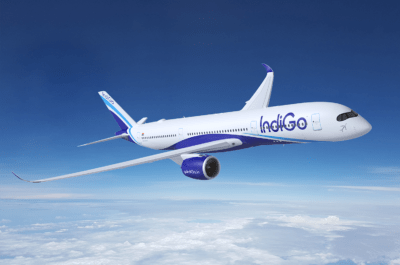
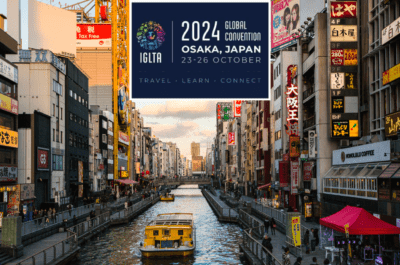


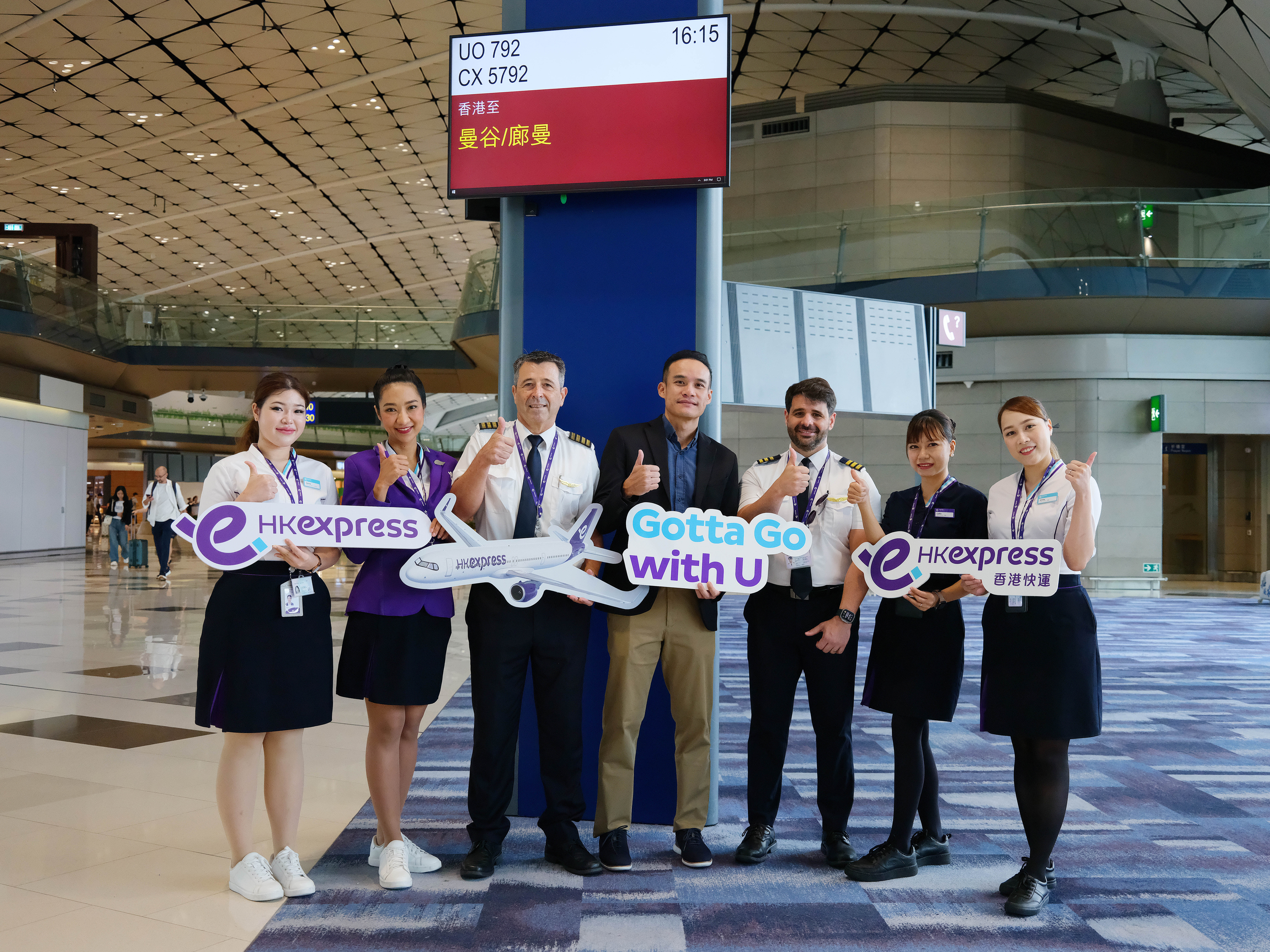

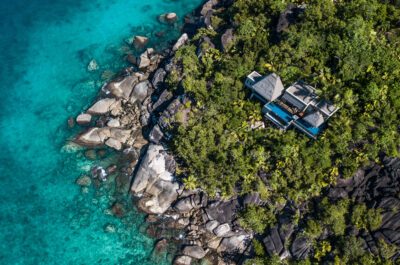



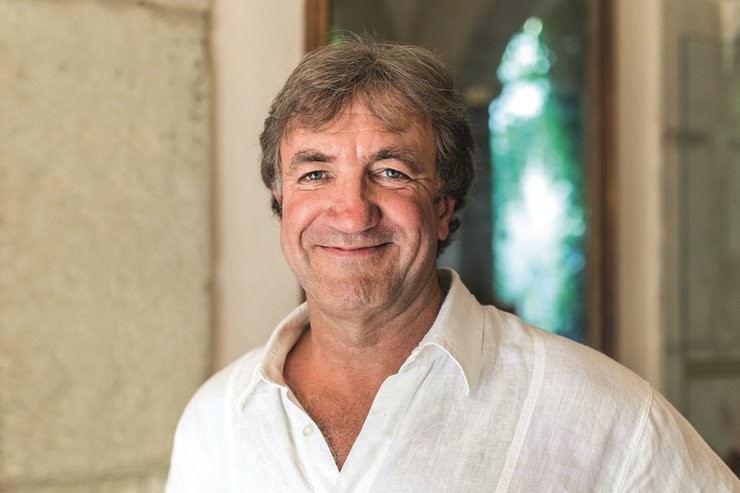



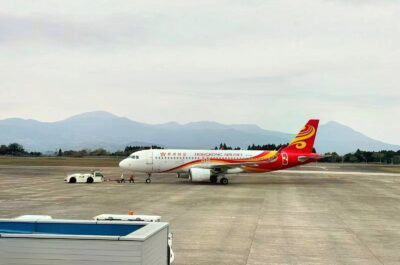
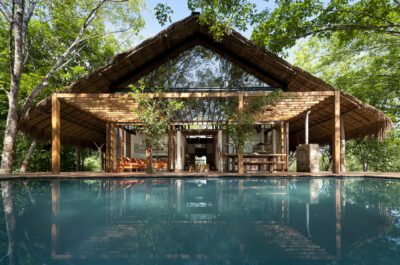



![[PR] PR_Ascott and Vimut Hospital_2024](https://www.traveldailynews.asia/wp-content/uploads/2024/04/PR-PR_Ascott-and-Vimut-Hospital_2024-400x265.jpg)






















































